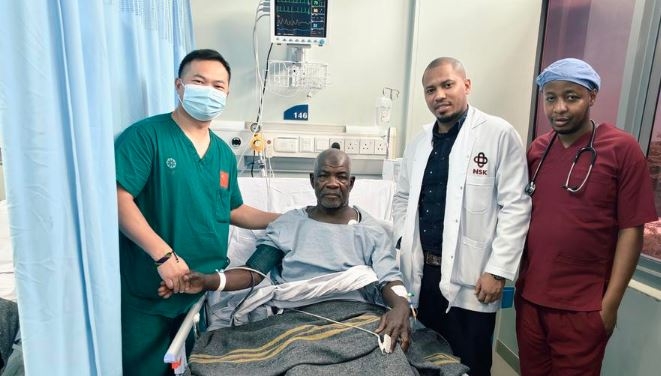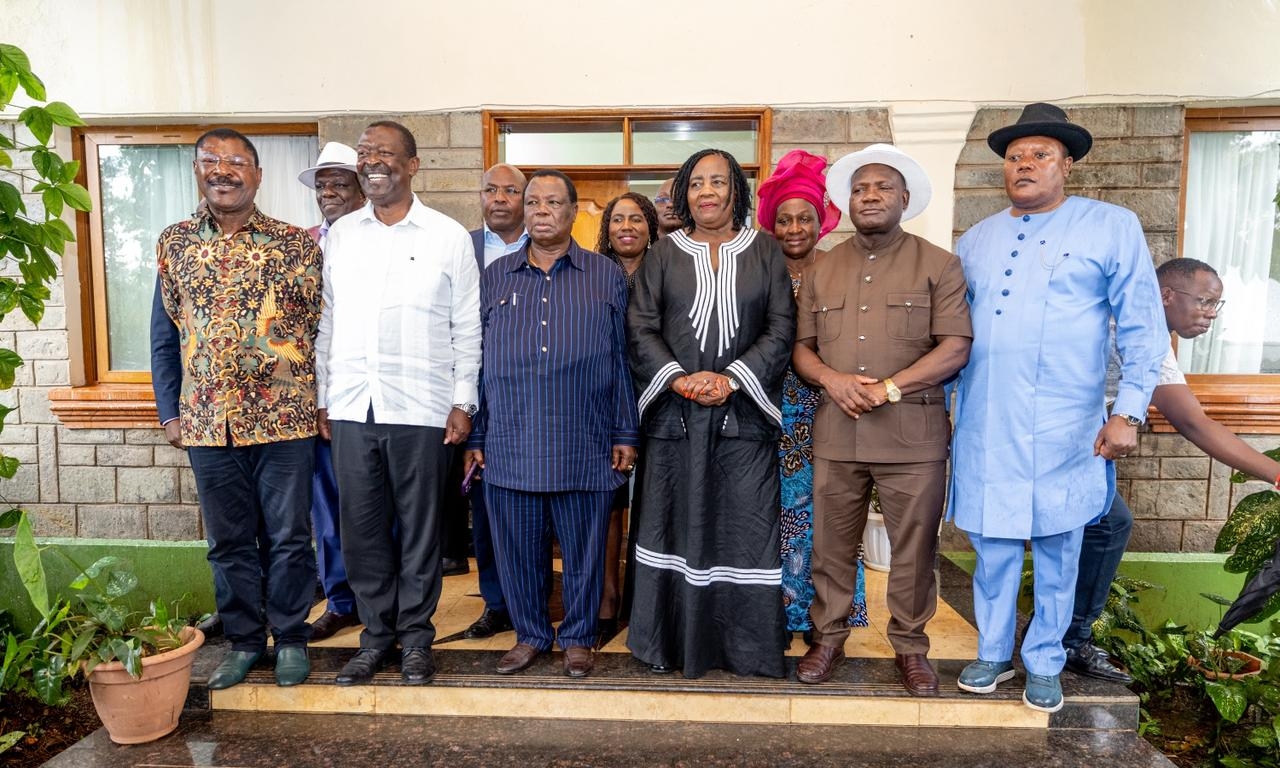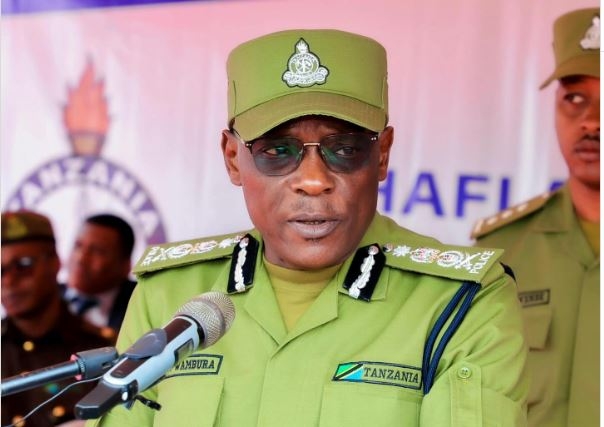Kenya will now use drones to map out mosquito breeding sites in a renewed effort to curb malaria.
Drone technology was among several new initiatives launched on Thursday by the Health ministry during the Malaria Action Day celebrations in Mutondia, Kilifi county.
The initiative happened under the guidance of President Uhuru Kenyatta.
The President is the chair of the African Leaders Malaria Alliance through the Kenya Cuba Malaria Vector Control Project.
The drones will help in accessing hard-to-reach areas and cover expansive breeding sites such as the Kano plains in Kisumu or around the Mwea irrigation scheme in Kirinyaga.
“We are focused on larviciding so that we kill the mosquitoes before they breed,” Health CS Mutahi Kagwe said.
He added that the drone innovation introduced by the Malaria Council will go a long way in aiding the fight against Malaria.
“The drones are able to identify breeding sites and generate maps to guide action,” Kagwe said.
The CS listed the initiatives as some of the top priority action points being undertaken to summon support from the political leadership, the private sector and other stakeholders in order to have a malaria free Kenya.
The President launched the Kenya Malaria Youth Army, which seeks to have the youth play a central role in malaria control activities.
It is part of a social movement to fight malaria, improve maternal and child health, and expand access to universal health-care.
The President also unveiled the first locally manufactured malaria rapid diagnostic kit at KEMRI Wellcome Trust Research programme in Kilifi.
He urged KEMRI to focus on expansion of its research activities that will also open up employment opportunities for the youth.
Kenya is also providing leadership to the ALMA community on the use of score cards to report on the progress in Malaria eradication.
This is done through sharing of the national experience scorecard on the ALMA digital hub for other countries to learn.
Malaria remains a major public health concern in Kenya.
Besides being the leading cause of morbidity and mortality in the country, the disease is listed among the top 10 causes of outpatient visits countrywide.
The disease burden however remains the highest in counties in the Lake region who account for 70 per cent of the 6.5 million cases nationally.
In the last two years malaria outbreaks have also been reported in other counties of Baringo, Turkana, West Pokot and Elgeyo Marakwet.
The latest ministry report shows that the disease prevalence rate in the Lake Region reduced from 27 per cent in 2015 to 19 per cent in 2020.
The prevalence in Coast region dropped from eight to 5.6 per cent in the same period.
(Edited by Bilha Makokha)












